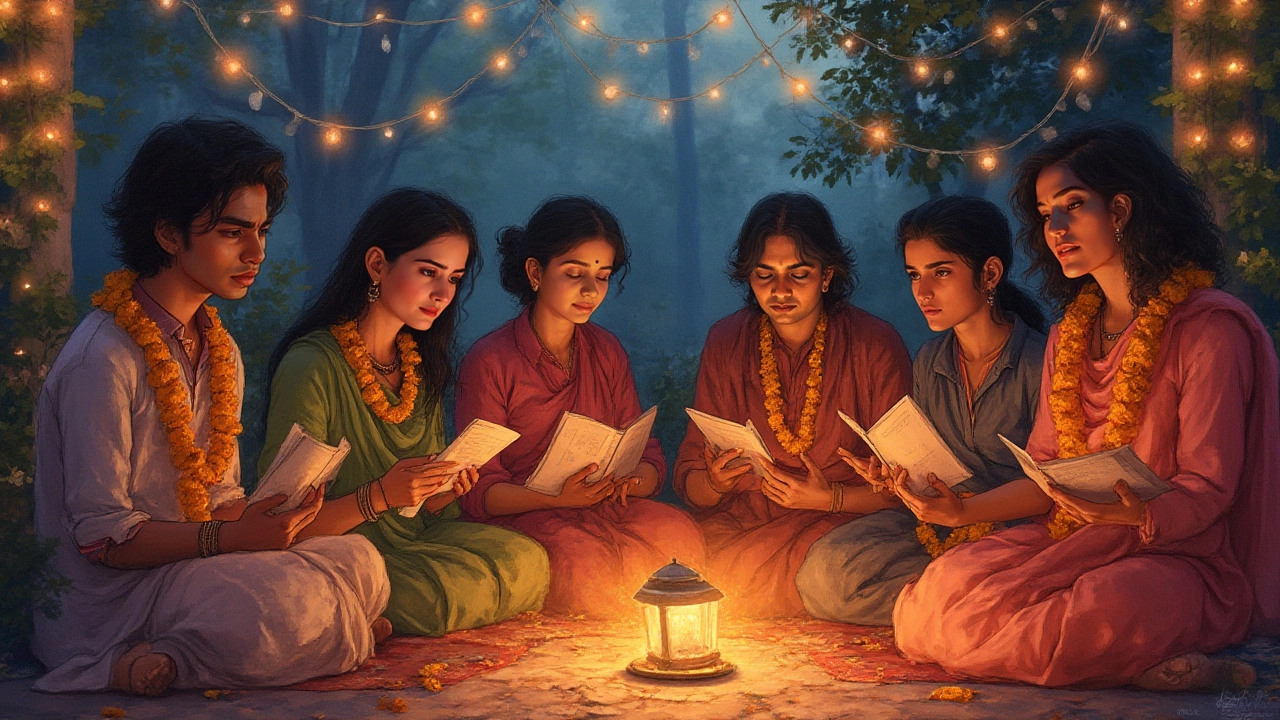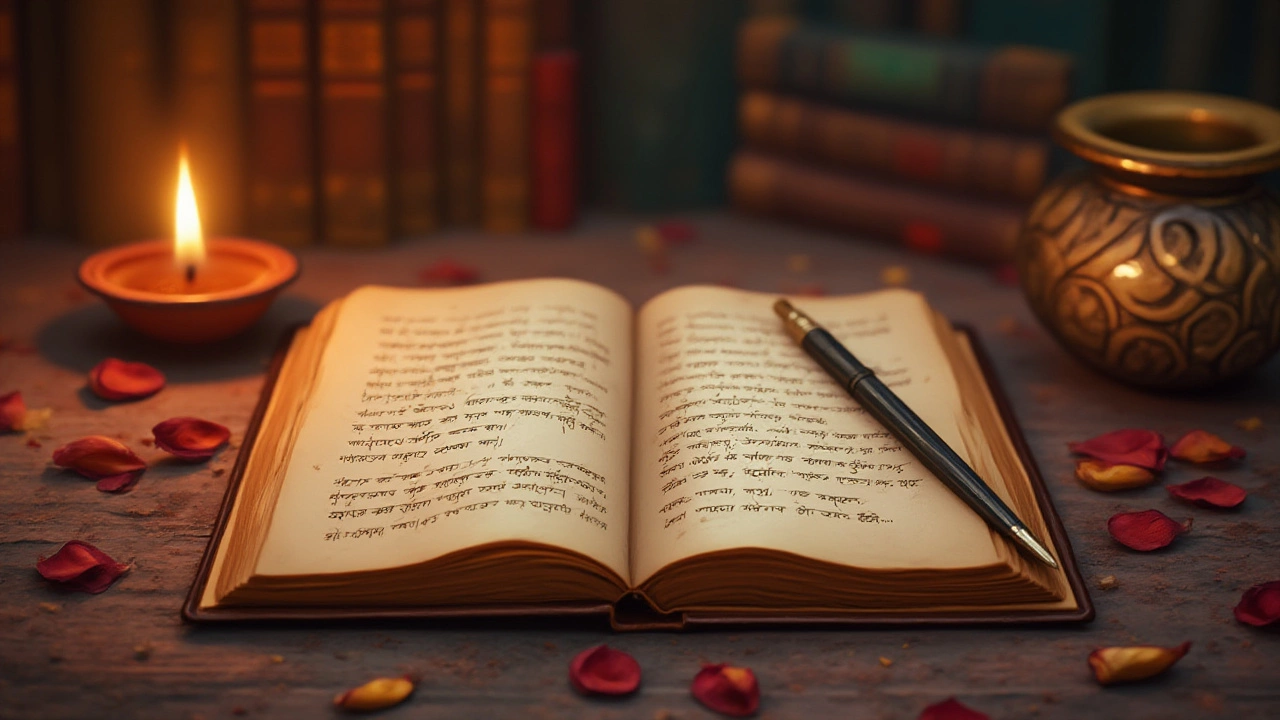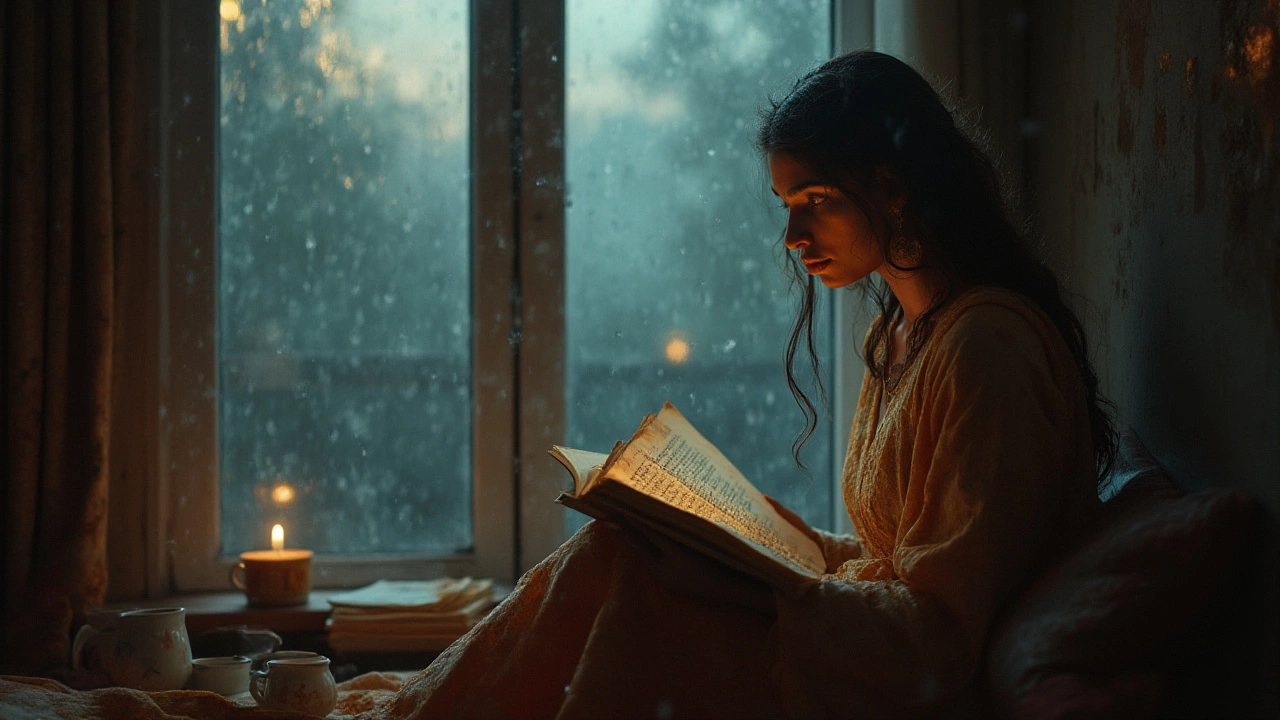You know those people who dive headfirst into poems that make your heart ache a little? They aren't just being dramatic, and they're definitely not just looking for attention. There's something oddly comforting about reading a string of words that mirror the quiet ache you can't always say out loud. For centuries, people have reached for sad poetry the way some reach for chocolate when life gets tough. But what do you actually call someone who loves sad poetry? The answer isn't as straightforward as you might think, and the world of melancholy poems is much richer than it seems at first glance. Let’s peel back the curtain on this quietly passionate tribe.
What Do You Call Someone Who Loves Sad Poetry?
If you look up this question, you won’t find a neat one-word answer in any dictionary. In regular conversation, you might just say, "He’s a fan of sad poetry" or "She loves melancholy poems." But people have tried to pin down a more specific term over the years. The closest fit is "melancholiac", which comes from the word "melancholy", meaning a deep, thoughtful sadness. Someone might even use "melancholist" or "elegiac" (from "elegy", a type of mournful poem), but these aren’t widely accepted or commonly used. In online poetry communities, you'll see folks call themselves “sad poetry enthusiasts,” “poetic melancholiacs,” or even “sorrow seekers.” Honestly? No label completely does justice to the feeling.
There’s a certain pride in loving sad poetry, just like there’s a thrill in listening to heartbreak songs during a rainy Mumbai afternoon. Famous poets like Emily Dickinson, Sylvia Plath, and Pablo Neruda turned their pain into art that millions still connect with. If you press a group of literature students or poetry fans for an answer, you’ll get a range of terms—none of them perfect, all of them true to the experience. Some readers jokingly call themselves "doompoets" or "gloom enthusiasts," but that only scratches the surface. The beauty of poetry, sad or otherwise, is that everyone comes to it with their own reasons, and every label carries a bit of personal meaning.
So, next time you find yourself scribbling verses about heartbreak, loss, or nostalgia—embrace whatever title feels right. Or make up your own. Language is shape-shifting, and the right word for sadness in poetry might just be waiting for you to invent it. If you’re still curious, here's a quick table that lines up some possible terms with their origins and popularity.
| Term | Origin | Popularity |
|---|---|---|
| Melancholiac | "Melancholy" (Greek for "black bile"), meaning sadness | Rarely used |
| Elegiac | From "elegy" (a poem of serious reflection, usually for the dead) | Literary circles |
| Sad Poetry Enthusiast | Modern, casual phrase | Common on social media |
| Poetic Melancholiac | Blend of poetry and melancholy | Occasional online use |
| Sorrow Seeker | Slang, mainly online | Growing in niche groups |

Why Are People Drawn to Sad Poetry?
At first glance, loving sad poetry might seem like emotional self-torture. Why would anyone want to relive heartbreak, grief, or loss with every stanza? But science and history both tell us the attraction isn’t so odd after all. A 2019 study from the University of California, Berkeley, found that people who read or listen to sad music and poetry report higher levels of empathy and emotional intelligence. Basically, sad art helps people process feelings they might not otherwise admit to, making them gentler with themselves—and others.
For so many, sad poetry works as a mirror. It says, "You’re not alone. Someone else has felt this too." In India, Urdu poets like Mirza Ghalib and Faiz Ahmed Faiz have entire books devoted to heartbreak and longing. They're quoted at tea stalls, on Instagram captions, and even tattooed onto forearms. Globally, sad poems are a way to navigate loss—whether it’s grieving a loved one, mourning a breakup, or just wrestling with the messiness of being alive. When you read those lines late at night, you get permission to feel vulnerable in a world that so often demands happiness.
My own cat, Luna, probably doesn’t care about poetry, but she sits beside me as I read through verses that tug at the threads of old memories. Friends and acquaintances tell similar stories: they turn to sad poetry after a bad day, finding solace in knowing that heartbreak isn’t private property. There's resilience in these verses; instead of running from pain, readers lean into it. Some even say reading about sadness in elegant language strips away the shame from feeling low.
There’s also a chemical thing happening in our brains. When you read something sad but beautiful, your body produces prolactin, a hormone known to calm grief and reduce anxiety. It’s not so different from the afterglow of a teary movie. Poets like Rupi Kaur and Atticus touch millions by putting sadness in simple words—which is proof that you don’t need to be a literary expert to connect with this genre.
Plus, sad poetry isn’t always just about pain. Often, it’s about hope, growth, or transformation. When you read someone else’s sadness, you find the courage to face your own. Teens and adults both say that sad poetry helps them articulate feelings that nothing else can reach. Some fans join poetry slams or online forums to share verses, swapping heartbreak stories like trading cards. In Mumbai, poetry cafes host open mic nights where complete strangers cheer for someone’s whispered laments. It’s not just therapy; it’s community.

Tips for Embracing and Enjoying Sad Poetry
Diving into sad poetry isn’t for everyone, and that’s okay. But if you’re curious or already a seasoned reader, a few things can help you enjoy it more deeply—and maybe even grow from it.
- Start Small: If you’re new to the world of melancholy verses, begin with short, simple poems. Try classics by Emily Dickinson (“Because I could not stop for Death”) or Mirza Ghalib’s Hindi couplets.
- Read Aloud: Reading sad poems out loud makes the emotions hit harder—sometimes you need to hear the rhythm of pain to appreciate its beauty. Try this when you’re alone or with a close friend.
- Keep a Poetry Journal: Jot down your reactions or favorite lines. Write your own sad poems, even if you never show them to anyone. Expressing your feelings in words is *surprisingly* cathartic.
- Join a Community: There are endless WhatsApp groups and Instagram pages devoted to sad poetry lovers. Sharing your pain and comfort with others removes the sting of isolation.
- Mix Poetry and Music: Pair your favorite sad poems with gentle music. You’ll notice that both mediums help each other shine. Lo-fi playlists or ghazals can set the perfect mood for reading.
- Balance Is Key: Spend time with uplifting poems, too. Too much sadness can drag you down. Mix it up with some motivational or funny verses to keep your heart light.
- Create a Ritual: Maybe light a candle, sip some chai, or curl up with your pet as you read. The right ambiance makes reading sad poetry soothing rather than overwhelming.
- Explore Different Languages: Don’t stick to just one. Hindi, Urdu, English—you’ll find completely new flavors of sadness and resilience. The poetry scene in Mumbai alone can lead you down lots of cool rabbit holes.
- Memorize Lines: Carry your favorite lines with you. They can be talismans on rough days—tiny reminders that sadness can be beautiful.
- Look for Hidden Hope: The best sad poems aren’t only about grief. They’re also about survival and hope. Challenge yourself to find the silver lining in every verse.
There’s data to back this up: poetry readers are 17% more likely than non-readers to report feeling understood and less alone during tough times (according to a 2022 survey published in The Journal of Literary Studies). That’s not magic. That’s just what happens when you share your sadness with a world that’s been sad, too.
Above all, don’t let anyone shame you for loving sad poetry. There’s strength in facing your feelings, even the pieces that sting. Whether you call yourself a sad poetry lover or something else entirely is up to you. The real magic is in the honesty, the empathy, and the little moment of connection when you realize your own sadness can be art—even if your only audience is a cat, a candle, and a half-empty notebook.
